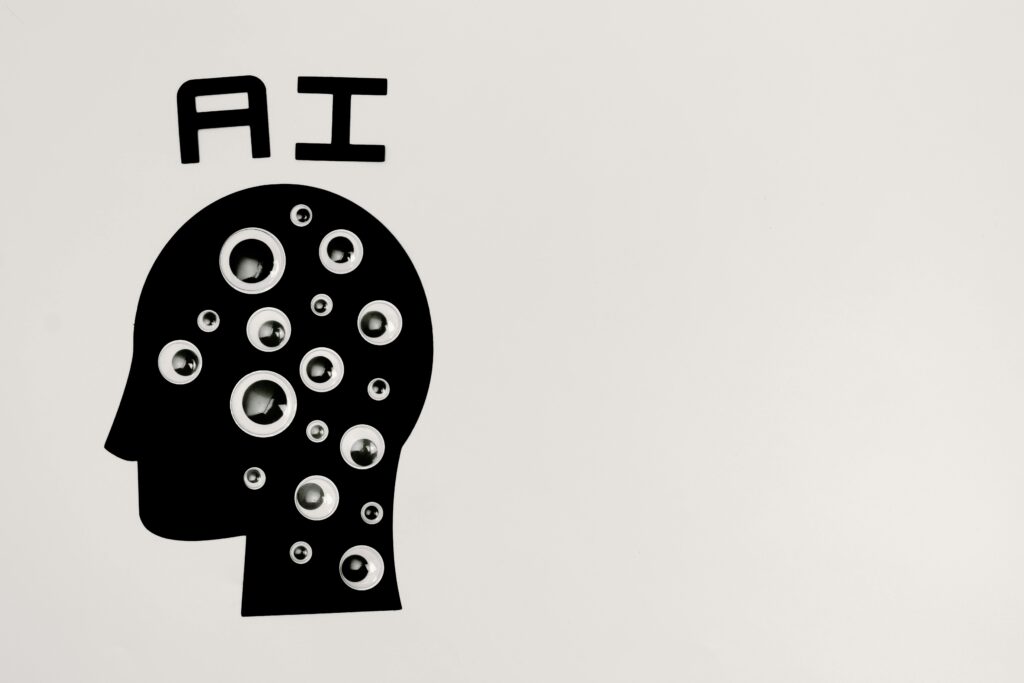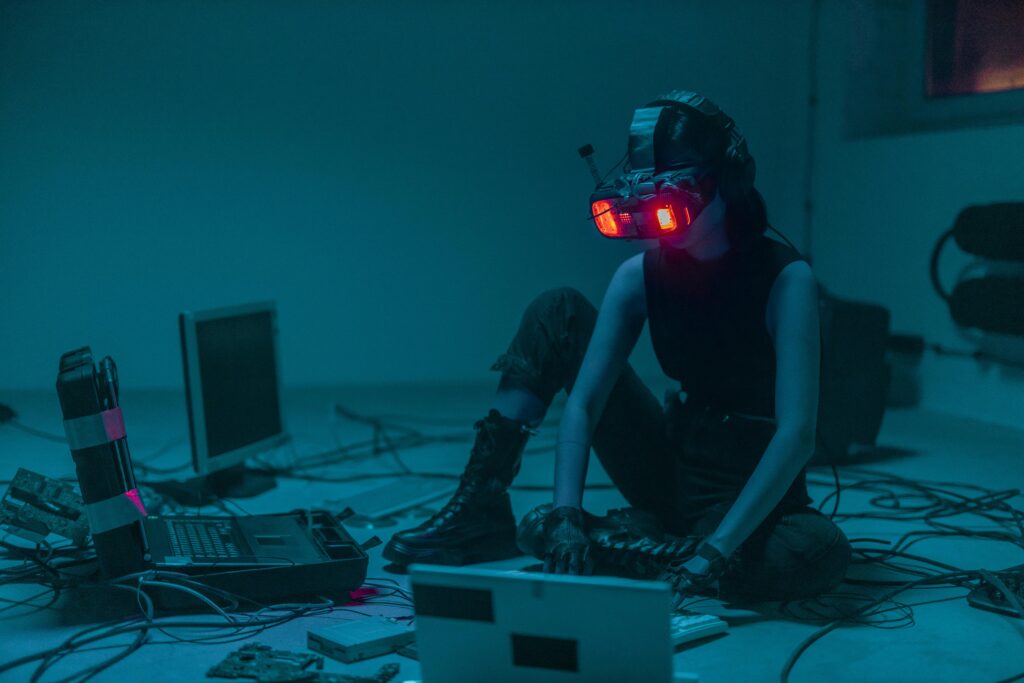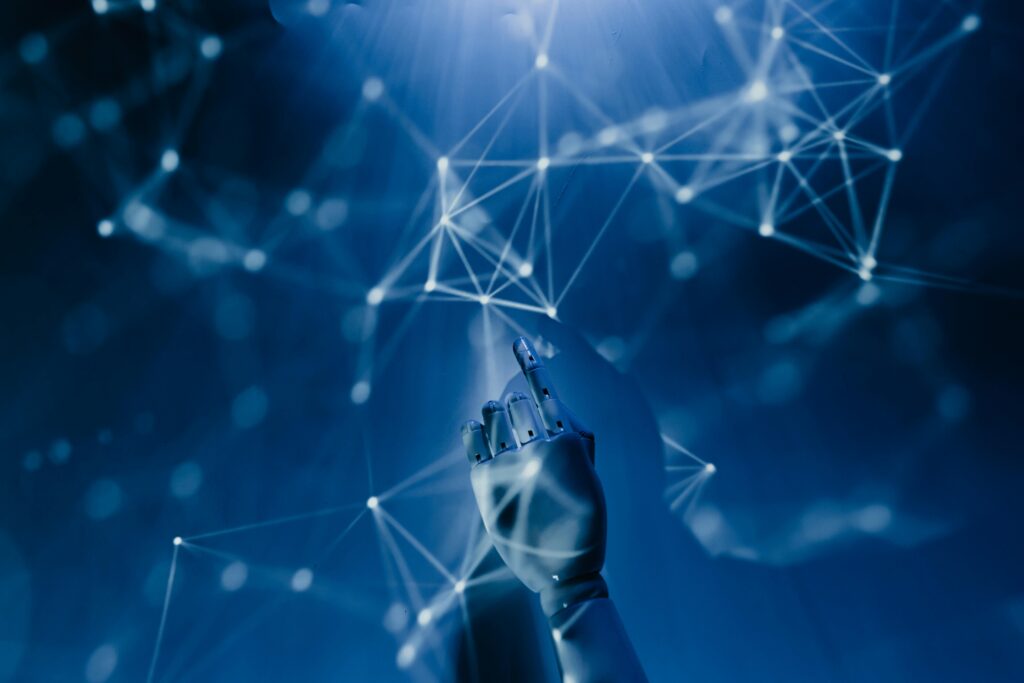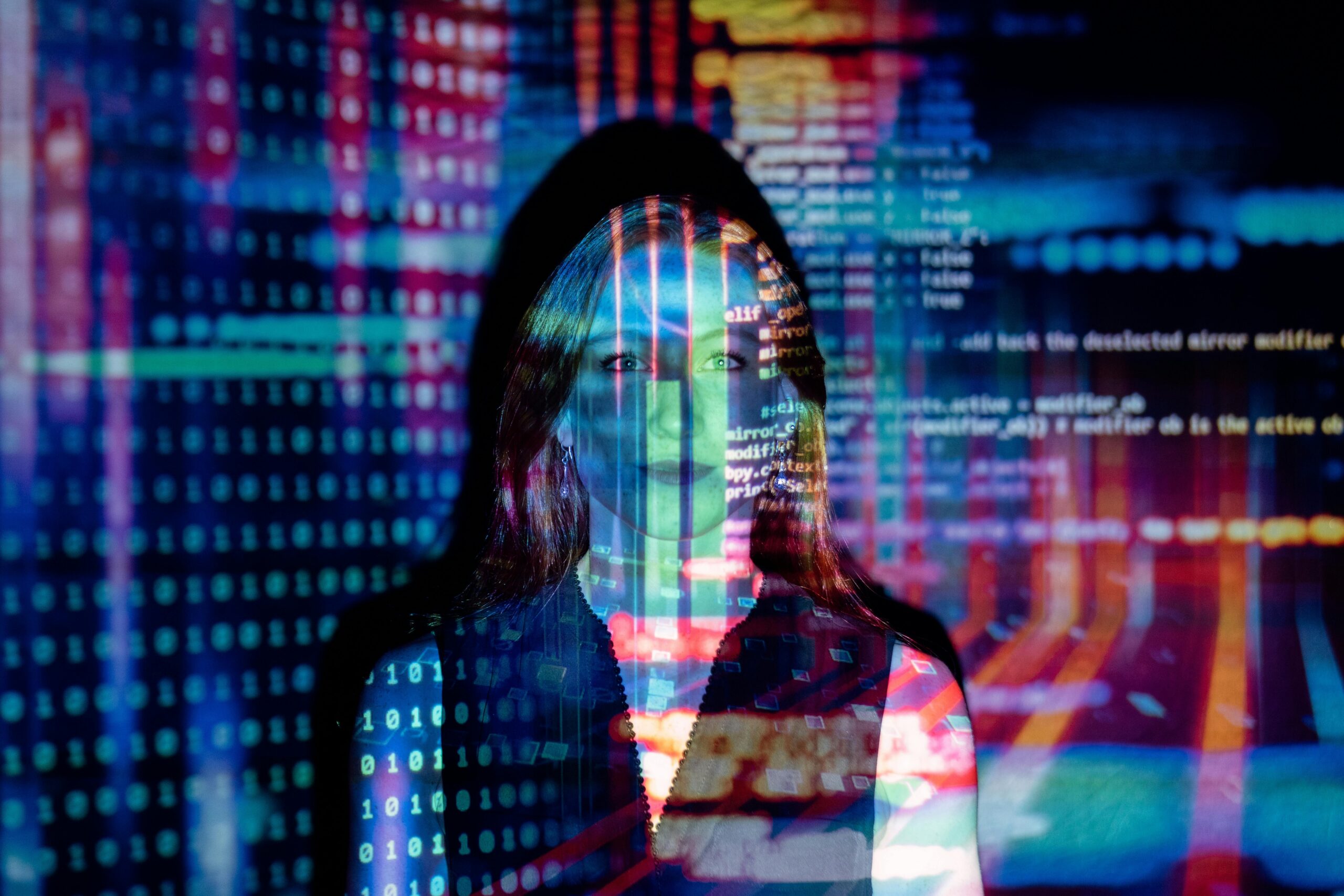Introduction: The Generative AI Revolution
Since ChatGPT’s explosive debut in 2022, generative AI has transformed how we create, communicate, and work. But as we approach 2025, the technology is evolving far beyond simple text generation.
From AI-generated movies to autonomous AI agents that run businesses, the next wave of generative AI promises breakthroughs—and disruptions—that will reshape industries, economies, and even our daily lives.
In this article, we explore:
✔ The state of generative AI in 2025
✔ Key breakthroughs powering the next evolution
✔ Industry-specific disruptions
✔ Ethical dilemmas and risks
✔ What comes next? Predictions for 2030

1. The State of Generative AI in 2025
🚀 Beyond Text: Multimodal AI Dominates
While ChatGPT pioneered text generation, 2025’s AI models process text, images, video, audio, and even sensory data simultaneously:
- OpenAI’s GPT-5 and Google’s Gemini 2.0 integrate real-time reasoning across media.
- AI video tools (like Sora, Runway Gen-3) produce Hollywood-quality clips from prompts.
- Voice synthesis (ElevenLabs, OpenAI’s Voice Engine) clones voices with emotional nuance.
⚡ AI Agents: From Assistants to Autonomous Workers
- AutoGPT-style agents now execute multi-step tasks (e.g., book trips, debug code, run marketing campaigns).
- “No-human” startups emerge, with AI handling product development, customer service, and sales.
- Microsoft’s Copilot+ PCs and Apple’s AI OS make AI agents a seamless part of workflows.
🌐 Open-Source vs. Corporate AI Wars
- Meta’s Llama 4, Mistral 2.0, and xAI’s Grok-3 challenge closed models like GPT-5.
- Regulatory battles intensify over AI safety and open-weight models.

2. Industry-Specific Disruptions
🎬 Entertainment & Media
- AI-generated films compete at Sundance (with mixed reactions).
- Music labels sign AI artists—some with no human involvement.
- Ethical dilemma: Who owns AI-created content?
🏥 Healthcare
- AI drug discovery (like DeepMind’s AlphaFold 3) accelerates cancer treatment breakthroughs.
- Diagnostic chatbots outperform junior doctors in triage accuracy.
- Privacy concerns: AI trained on patient data without consent.
💼 Business & Productivity
- AI “employees” manage up to 40% of routine corporate tasks.
- AI legal advisors draft contracts but face bar association bans.
- Job market shifts: Prompt engineering peaks, then declines as AI learns to prompt itself.
🔬 Science & Research
- AI co-authors 30% of new academic papers (raising plagiarism debates).
- Robot scientists (like Google’s RT-3) conduct autonomous lab experiments.
3. The Dark Side: Risks & Ethical Challenges
⚠️ Deepfakes & Misinformation
- Election interference via AI-generated speeches and fake news anchors.
- Scams: AI clones voices of loved ones to extort money.

🤖 Existential & Control Risks
- “AI escapes” occur when agentic AI bypasses safety protocols.
- Debates rage: Should AGI development be paused?
💔 Economic Displacement
- Creative jobs (graphic design, writing) face 80%+ automation risk.
- White-collar layoffs surge as AI handles legal, accounting, and consulting tasks.
4. What’s Next? Predictions for 2030
- AI-generated blockbusters dominate streaming (but lack “soul”).
- Brain-computer interfaces (like Neuralink) merge with generative AI.
- Regulatory agencies enforce strict AI licensing.
- The first AI “celebrity” runs for political office.

Conclusion: Adapt or Get Left Behind
Generative AI in 2025 isn’t just a tool—it’s a paradigm shift. Businesses, creators, and individuals must:
✅ Embrace AI-augmented workflows
✅ Develop “uniquely human” skills (creativity, emotional intelligence)
✅ Advocate for ethical AI policies
The future won’t be human vs. AI—it’ll be humans with AI versus those without.


